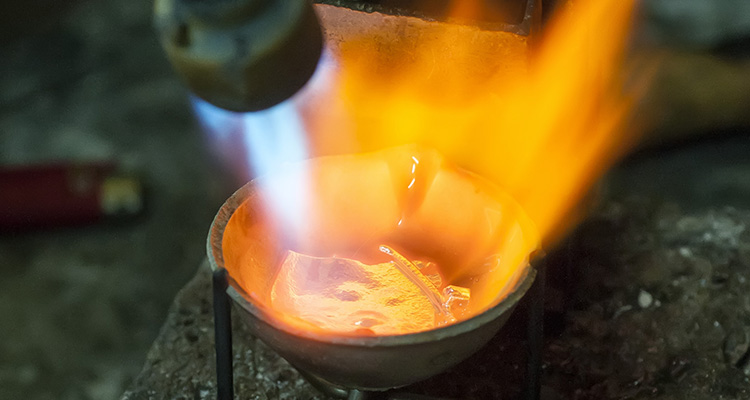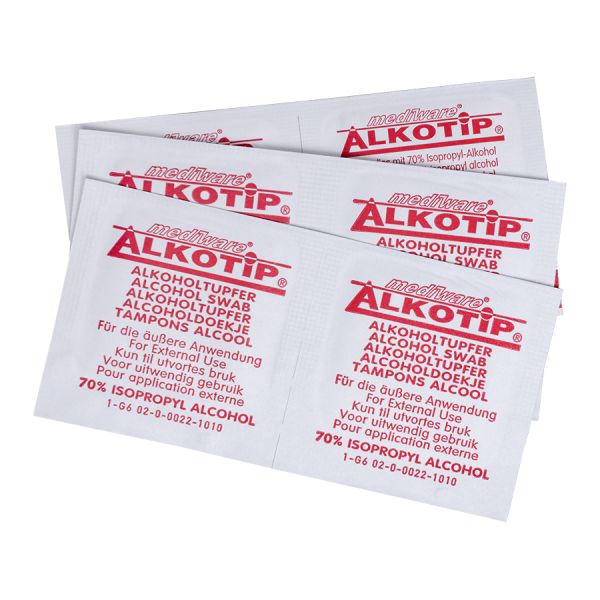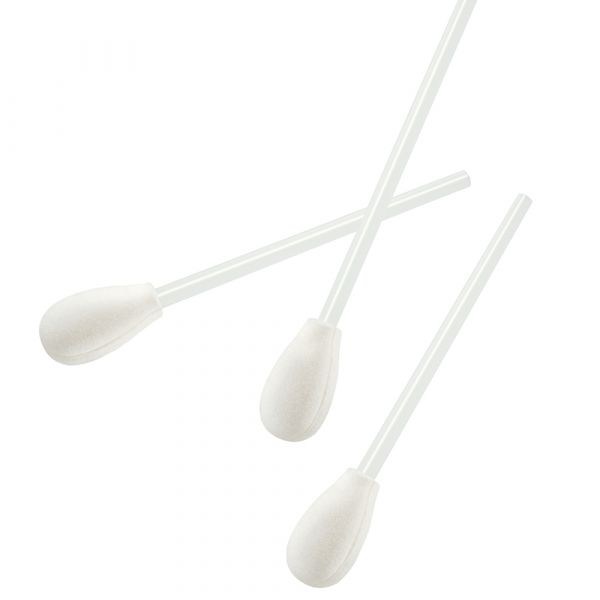Titanium Segment Ring with Balls and Three Big Crystals
- Free Standard Shipping!
- 60-days Easy Returns
- Pick your Free Gift from £50
Segment Ring - Size Guide
For Segment Rings, we look at the Inside Diameter. You can measure the Diameter with something like a ruler.
For the thickness, use a specialized tool like a caliper tool with a digital display.

Below an overview of the most popular body parts to wear a Segment Ring. Find the standard or most common sizes for each but don't let you hold back if you prefer other measurements.

Belly Button
Standard Sizes
Thickness 1.6 mm
Diameter 10 mm

Cartilage
Most Common Sizes
Thickness 1.2 mm
Diameter 6 - 8 mm

Clit
Most Common Sizes
Thickness 1.2 mm
Diameter 6 - 8 mm

Eyebrow
Most Common Sizes
Thickness 1.2 mm
Diameter 8 - 10 mm

Lip
Most Common Sizes
Thickness 1.2 mm
Diameter 8 - 10 mm

Nose
Standard Sizes
Thickness 0.8 mm
Diameter 8 mm

Nipples
Most Common Sizes
Thickness 1.6 mm
Diameter 12 - 19 mm

Septum
Standard Sizes
Thickness 1.2 mm
Diameter 8 mm
Titanium - Material Guide
Titanium is known as the preferred material for initial Piercing Jewellery by piercing studios around the world. Quality-wise, Titanium is the best material you can choose.
In this Material Guide we look into the specifics of Titanium. Learn about the Pros and Cons and read about why Titanium is so appreciated globally.
Introduction to Titanium
Titanium is part of the Titan group and named after the Titans from the Greek Mythologie. Such a resemblance explains why this material is so widely used and in high demand. Titanium comes in various grades. All our Titanium Piercings are made of 'Implant Grade' Titanium. This guide focusses on this grade of Titanium only.
Implant Grade Titanium is free of any Nickel, hypoallergenic and non-corrosive. Altogether qualities that make Titanium suitable for practically everyone.
Titanium is a darker shade of silver, almost grey. The lack of a shiny silver color is one of the reasons people prefer 316L Surgical Steel.

Pros and Cons

Titanium Explained
Titanium was discovered in 1795. A mixture of zirconium, hafnium, and rutherfordium create Titanium. Implant Grade Titanium is known for medical screws and plated used to repair bone fractures. The human body doesn't reject Titanium, making it also ideal for Body Jewellery.
The metal is strong, light, and extremely non-corrosive. If you wear a Titanium Piercing, you never have to worry about any form of discoloration/tarnishing. A worry-free piercing jewel is what makes Titanium Body Jewelry so attractive, even when your piercing is fully healed. People sensitive to metals or Nickel usually tolerate Titanium Jewellery. All of our Titanium Piercing Jewellery is made of Implant Grade Titanium. This is often indicated as Grade 23, but the official name is Ti-6AL4V-ELi ASTM F-136.
Melting Titanium to make Body Jewellery is a complex process. This makes it more expensive to produce a Jewel from Titanium than from 316L Surgical Steel.
"Consider changing the bar of a 316L Surgical Steel Piercing for a Titanium one, if possible."
Although more expensive, since Titanium Jewellery will last forever, it may be well worth the investment. In opposite to Titanium, Body Jewellery made of 316L Surgical Steel can tarnish at some point. Consider changing the bar of a 316L Surgical Steel Piercing for a Titanium one, if possible. You can find loose Piercing Parts on our website.
To conclude, if you want a Piercing that doesn't require any maintenance and is hypoallergenic, get one made of Titanium!
Tip!
When you browse our collection for new Body Jewellery, use of the filters to only show Jewellery made of the Material you are after.
Maintenance Instructions
After reading the previous information, you most likely already discovered that Titanium doesn't require any maintenance at all.
Before you put in your newly acquired Jewel, you can use alcohol to disinfect the piercing. We have alcohol pads and special swab sticks available to help out. If you prefer to use soap instead, that is no problem at all.
If your Titanium Piercing comes in contact with salt water, it may leave some white stains when dried up. This is a salt residue that you can clean with fresh water.
Other Material Guides
With Material Guides like this one, we want to help you make informed decisions when purchasing one of our Piercings online. We have written a Guide for most of the materials you will find in our webshop.
If you want to learn more about the differences between the materials used for Piercing Jewellery, read a bit more by browsing through all of our Material Guides. Our customer service can also assist you if you have any questions left before deciding what material best fits your needs.
You may also be interested in




















